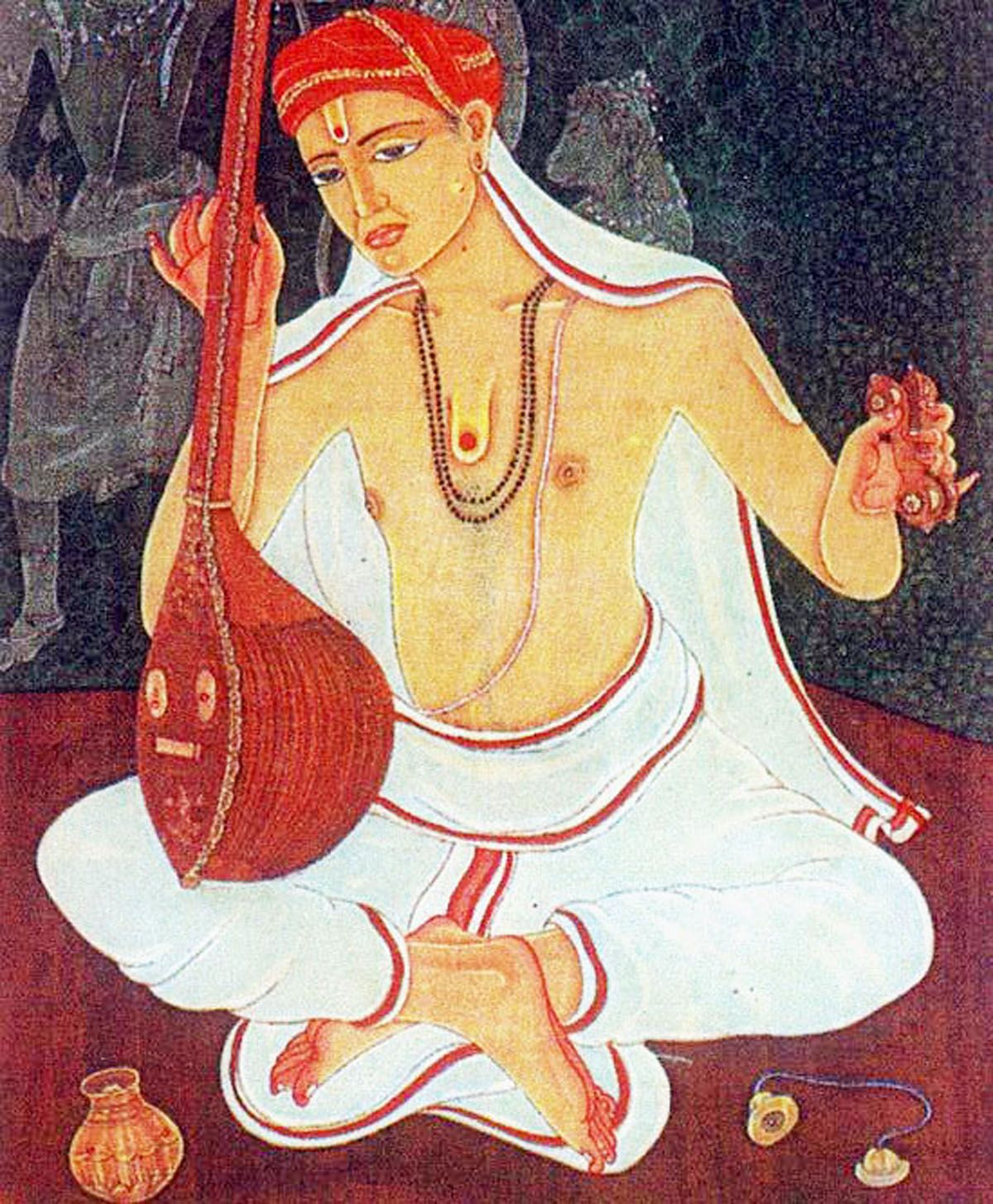Sacred Roots: India’s Divine Music
This article was first written upon the request of Gita Desai, film-maker of renowned Raga Unveiled and Yoga Unveiled, for the 2013 Raga Spirit music festival at UCLA. It was later published in the October 2015 issue of the Sutra Journal.
Thousands of years ago, beyond the scope of scholarly research, the rishis (seers) of ancient India created a society and culture wherein religion, art and science thrived in harmony, without any competition or need of comparison. Music was known to be a divine art interwoven with the sciences of sound, psychology and mathematics. It was partially intended for pleasure and entertainment, but primarily intended to assist in man’s quest for Self-realization.
Music was known to be an expression of the original sound, Naad Brahma, scripturally referred to as the Word, Cosmic Vibration, or Aum. The rishis discovered the effect of physical sound on the body, emotions and consciousness. They deciphered various melodies and rhythms that could re-create the effects of the seasons and times of day on man. Ragas were created to paint a sonic picture or rouse a certain emotion (rasa) or state of being (bhava) such as tranquility, love, happiness, courage.
The human voice was recognized to be the original and perfect instrument of sound. When the need for verbal communication arrived and language was created, words merged with vocal sound; lyrical song was born and became a powerful form of expression. The word for musician became bhagavatar, one who sings the praises of the Supreme. In time, instruments were developed in order to accompany or mimic the myriad expressions of vocal music.
These distant and lofty origins need not intimidate the modern listener. As the late Dr. Ananda Coomaraswamy wrote, “Indian music is essentially impersonal, reflecting an emotion and an experience which are deeper and wider and older than the emotion or wisdom of any single individual. Its sorrow is without tears, its joy without exultation and it is passionate without any loss of serenity.”
Over the millennia, various mystics, seers, musicians and scientists have developed and expanded India’s music. Foreign rulers and the changes of civilization have made a tremendous impact. But India’s music has remained, in essence, unchanged. It is still unwritten, spontaneous and individualistic, concentrating on the variations of a raga melody rather than symphonic harmony. Its subtle hues are still made possible by an octave of twenty-two notes (shruti) rather than twelve notes of the Western scale, and by dozens of complex rhythmic cycles (tala). It still balances improvisation with structure—the musicians must invent new expressions within a rigid framework.
As you listen to Indian music, realize that you are linked to an ancient coalition of science, art and spirituality. Seek to perceive the essence of the raga as it awakens within you some profound response. Feel the underlying rhythm that unites the pulse and breath of your body with the sway of Nature. Realize that a harmonizing flood of sound is pouring over your being—the calming tanpura drone, the raga of voice and instrument, the energizing tala of drums.
Listen not only with your ear but also with your heart, mind and soul. This music is a bridge from modern life to ancient India, connecting the present time with the timeless. Allow your soul to reach for the yogic state wherein the listener, the music and the musician become one.
Experience music as you never have before.
©2013 by Naren K. Schreiner. Also published in Sutra Journal, August 2015.

